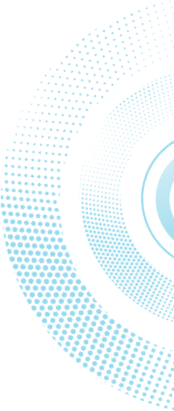Architectures and Flows of Multicellular Systems
Coordinated collective motion of self-driven entities is fundamental in living systems, ranging from flocks of birds, schools of fish, groups of bacteria, down to cell tissues and the cytoskeleton. Emergent collective dynamics cannot be easily traced back to the properties of individual cells, as the knowledge of car mechanics is insufficient for understanding of traffic jams.
Fascinating example of collective behaviour is self-shaping of living tissues (morphogenesis). Recent experiments have shown that organization and dynamics of completely different multicellular systems, could be explained within the same physical framework of active liquid crystals. Cells in bidimensional cultures tend to align together and form well-oriented domains of finite size separated by nematic defects of charge ± 1/2. However, unlike passive liquid crystals cells move creating complex dynamic patterns [1,2,3]. I will show spontaneously emerging turbulence in epithelial cell cultures that occurs at low Reynolds numbers when topological defects serve as a template for turbulent-like flows [2]. In another example, I will show emergence of chiral edge currents in fibrosarcoma cancer cells, which are fuelled by layers of +1/2 topological defects, orthogonally anchored at the channel walls and acting as local sources of chiral active stress [3].
[1] Nature Physics, (2018), 14(7): 728-732
[2] Physical Review Letters, (2018), 120(20): 208101
[3] Nature Physics, in submission
תאריך עדכון אחרון : 20/10/2020



